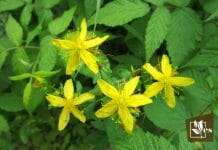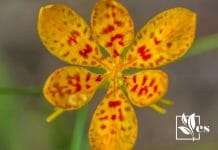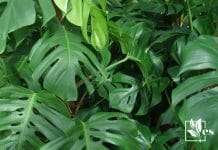Snake repellent plants should never be ignored if these dangerous reptiles are frequent visitors to your garden. Your curious kids and innocent pets are in danger if snakes infest your outdoor space.
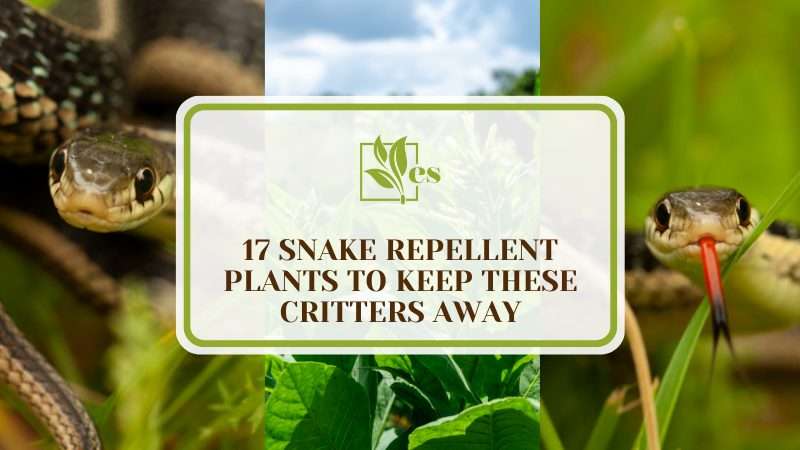
In this complete guide, our gardening team will suggest 17 plants that snakes hate, and growing them will keep them away from your garden. Also, some plants can repel rats and plants that can repel beetles, which are very useful to a garden.
JUMP TO TOPIC
List of Snake Repellent Plants
1. Garlic
Snakes have sensitive noses, and the strong and pungent odor of garlic will keep them away from your garden. The bulbs of allium sativum should be grown in the cold season for a spring or summer harvest, but you can also grow this effective snake deterrent in the spring in a warmer climate.
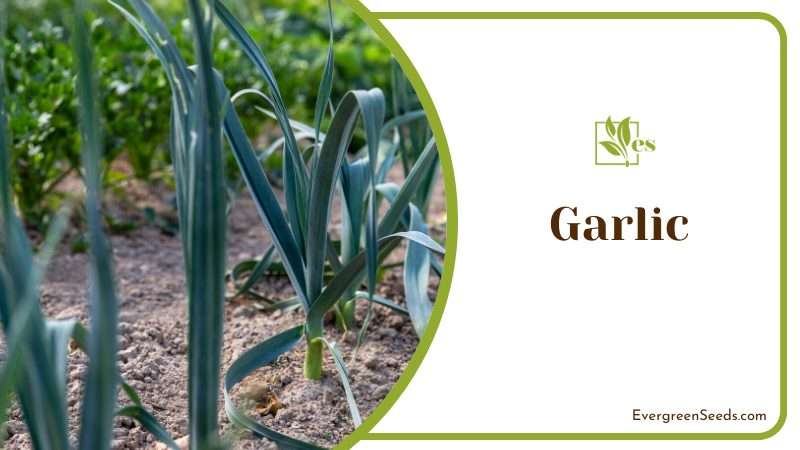
The plant thrives in full sun and well-draining soil. Its overwhelming smell can mask the odors of rodents that snakes feed on, so they will look for food somewhere else. You can also prepare a homemade snake repellent by mixing the cloves with rock salt and spraying it around your garden.
– Issues
Garlic is toxic to pets, so you should be careful about picking the best spot to grow it. If you don’t plant it in the fall, the shoots might not be able to penetrate the frozen soil. Compact soil won’t support the growth of this plant, and it should be grown away from alliums and other plants in the onion family because they’ll compete for nutrients.
2. Snake Plant
The mother-in-law’s tongue is called the snake plant, but this doesn’t mean that it will attract snakes. As a matter of fact, the sharp and tough leaves of this plant will keep your garden free of them. This plant spreads underground roots, so it can quickly become invasive in your garden. It can tolerate different growing conditions and doesn’t need much watering because the leaves are considered semi-succulent.
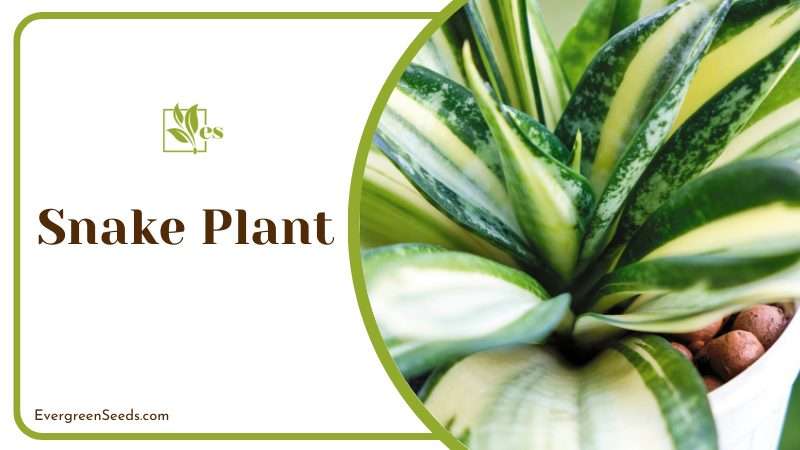
There are various species of this plant, and most of them are considered indestructible. Planting is usually done in the spring, and sun exposure will boost the plant’s growth. All the plants’ parts are toxic to cats and dogs, and it thrives in well-draining neutral soil.
– Planting Ideas
It’s best to grow the dracaena trifasciata in a pot, so you can keep it in a flower bed or around your garden to keep reptiles away. Annual plants are fast growers and should be divided every year. You can also grow it as a dense border that protects your outdoor space from reptiles. This plant will be great for dry conditions where other plants might struggle.
3. Green Chiretta
King of bitters or Andrographis paniculata is an annual herb that has been used for its medicinal benefits for centuries. All parts of this plant are used to treat bacterial infections and the common cold. The king of bitters is usually grown as a border plant to repel snakes and other pests.
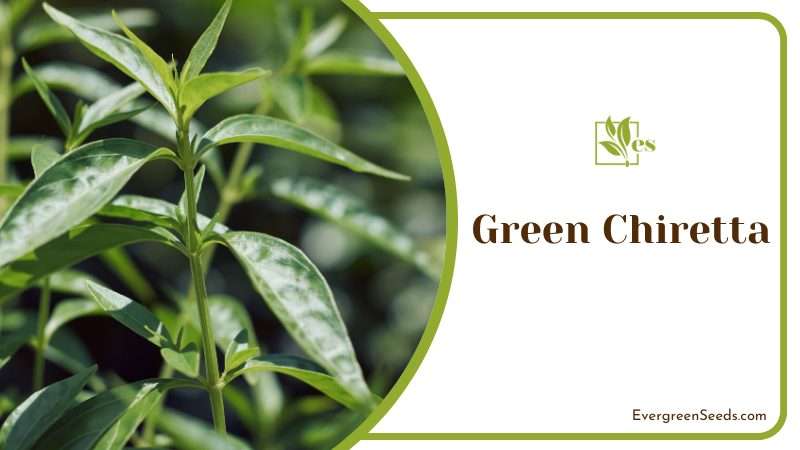
Moreover, the plant parts have anti-venom properties, so they can be used to treat a snake’s bite. The plant has slender dark green leaves, and the small pink flowers appear in fall and winter. After they fade, they turn into showy red seed pods.
– Growing Conditions
This plant is pretty hardy and can survive in different habitats and gardening conditions, including inferior soil. It thrives in full sun, as shady conditions will slow flowering and seed formation.
New plants should be placed two feet apart to allow the roots to spread and the plants to become bushy. Regular watering is needed, but the soil should be left to dry out between watering sessions to protect the roots from rot. Pruning will prompt the plant to branch out and will keep it in excellent health.
4. American Holly
American Holly is widely used in Christmas decorations but has snake-repelling properties that can make your garden safe. Trees can grow to reach a height of 30 feet tall in optimal conditions, and it grows insignificant whitish-green flowers in the summer, which later turn into the showy red berries that attract birds. This plant will attract wild turkeys, goldfinches, and cardinals when grown as a shrub.
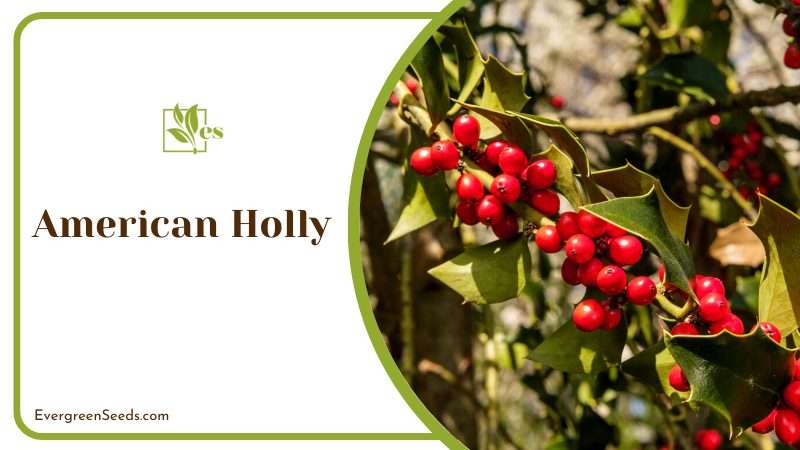
– Special Features
Holly plants repel snakes because of their spiky leaves, but you can also cut the leaves off a tree and scatter them around your garden to keep these reptiles away. Hollies grow in sunny and shady locations but prefer to grow in full sun. They thrive in well-draining, acidic soil that should be kept moist until they get established. In order to produce bright red-orange berries, you need to grow male and female plants in your garden.
5. Indian Snakeroot
Also known as the devil pepper or Rauvolfia serpentina, this plant belongs to the milkweed family and grows from an undershrub. People used to grow this plant in its native habitat for its several medicinal benefits. However, it thrives in hot and humid conditions that resemble its tropical habitat. The seeds need to be soaked in water before planting them, and the root tubers grow well in well-draining soil. These plants need access to full sun, but they can also tolerate some shade.
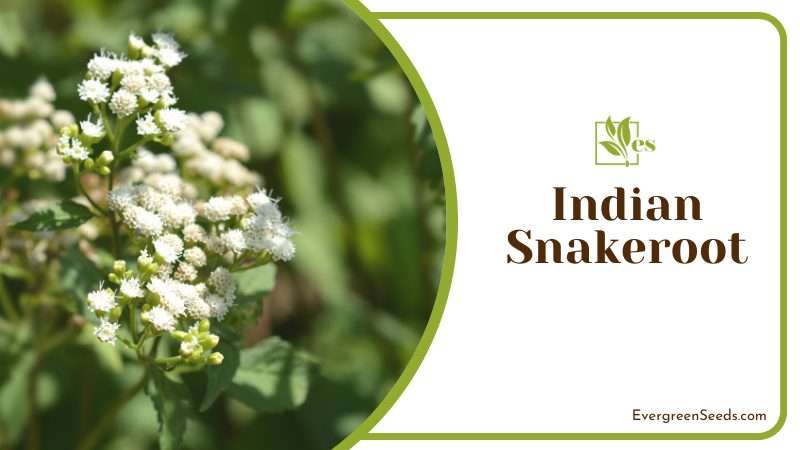
– Why Snakes Dislike Them
This plant is one of the strongest snake repellents because of the erect shoots that feature groups of three leaves, as they scare these reptiles. The white flowers grow in early summer and turn into black fruits. Snakes loathe the smell that this plant emits, so it will stay away from your garden if you grow it.
6. West Indian Lemongrass
This fragrant lawn plant has a lot of culinary and medicinal benefits. It has a strong citrusy aroma that repels snakes and other pests like wasps and mosquitoes, and it makes your outdoor space smell fresh. This plant thrives with full sun exposure, but it can withstand some shade. However, shady conditions can affect the density of the foliage.
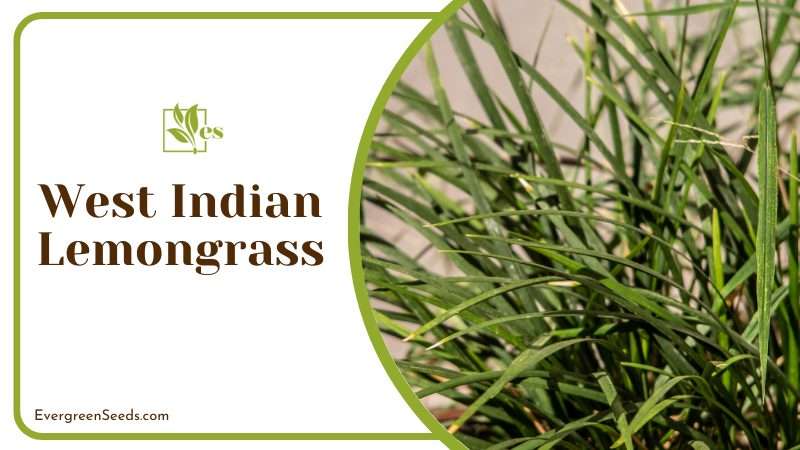
The gray-green foliage of Cymbopogon citratus is an excellent addition to your fall garden, and it turns burgundy as the temperature drops. This herb is drought-resistant once established but needs regular watering in its earlier stages. It needs to grow in loamy and well-draining soil.
– Issues
Although lemongrass can efficiently drive snakes away, it contains several chemical compounds that make it toxic to pets and horses. Most people struggle to maintain the tropical warm and humid conditions that allow this plant to thrive, so you might consider growing it as a border plant or in your flower bed to keep your garden free of reptiles.
7. Marigold
The beautiful marigolds belong to the tagetes spp and come in shades of red, orange, white, and gold, although some species can be bicolored. These are hardy plants that are suitable for beginner gardeners because they’re almost maintenance-free.
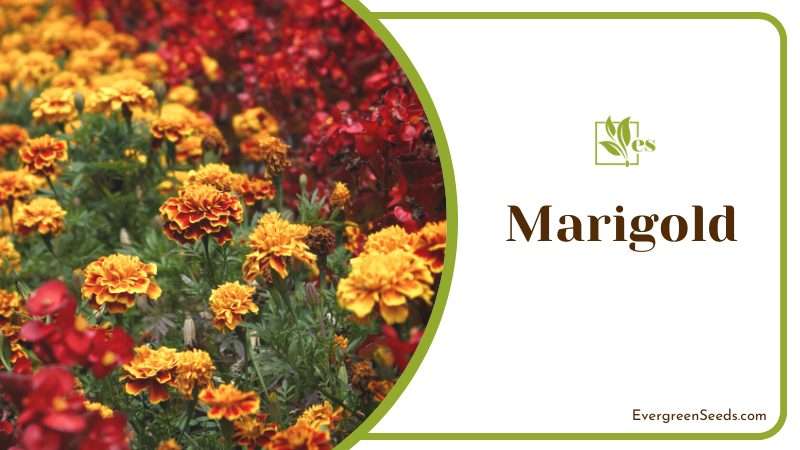
Marigolds thrive in full sun and need regular watering. They’re tolerant of different soil conditions and can become drought-resistant once established. The roots should be stripped off the lower leaves and buried into the ground to protect the plants from flopping over.
– Deterring Snakes
Growing this plant as a border plant or along the hedge will protect different areas of your garden from snake attacks. The vigorous root system of marigolds will deter snakes and keep them away from your garden.
The different plant parts emit a strong smell that repels these reptiles. Moreover, the plant produces a phototoxin called alpha-terthienyl and a musky smell, so snakes will avoid it. Marigolds deter other pests like rodents and can also keep deer away.
8. Chives
The onion-like scent that chives emit will keep snakes away from your garden. This herb has a mild onion-like taste that makes it a delicious addition to different dishes. Planting chives in your garden will repel different pests, including Japanese beetles. At the same time, it will attract bees and other pollinators to your garden.
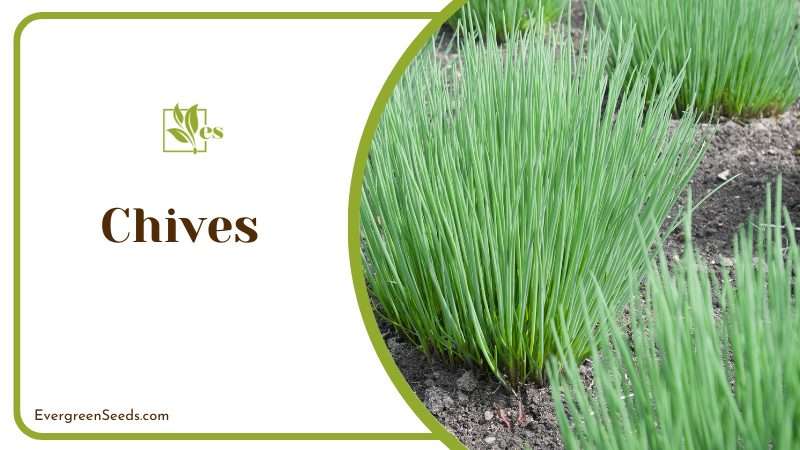
In addition to being a tasty edible herb, chives work for rock and woodland gardens. The plant can be grown as a border plant to protect your garden. This herb grows lilac purple flowers in the early summer, but it’s toxic to pets.
– Growing Conditions
Chives are shallow-rooted plants, so you should maintain them to make sure that weeds won’t compete with them for nutrients. This plant will grow in moist, rich, well-draining soil and thrive in full sun. The soil should be kept moist, but the plant becomes drought-resistant once established. It needs to be divided every few years because of its clump-forming habit.
9. Onion
If you have a vegetable garden, then growing onions will be the right thing to do to protect your outdoor space from snake attacks. This plant grows from a biennial bulb, forming tubular hollow blue-green leaves.
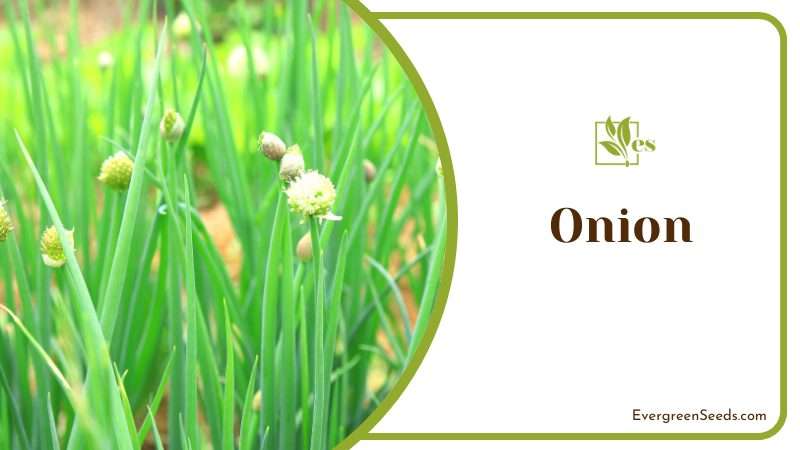
The bulb is actually made of modified leaves and will push out of the soil as the plant grows. Allium cepa plants are planted in the spring and have a moderate growth rate, and they’re toxic to pets because they contain harmful chemical compounds.
– Plant Care
You should plant onions as soon as the ground thaws and place the bulbs about six inches apart. If you’re growing this plant from seeds, you need to start them indoors, but in warmer climates, you can grow onions in the fall.
The plants thrive in sandy and very well-draining soil and need full sun to grow. They need to be regularly watered, but take note that too much moisture can lead to bulb rot.
10. Society Garlic
Tulbaghia violacea is one of the most successful perennial plants that deter snakes. It’s a clump-forming plant that grows as a ground cover to add vibrance to your garden and keep snakes away.

The pink agapanthus has a strong garlic-like smell that repels different pests, but it doesn’t cause the same bad breath when eaten. Flowering needs access to full sun, although the plant can tolerate some partial shade. It grows best in well-draining, moderately fertile soil and needs to be watered regularly during the growing season.
– Special Features
This plant is a fast grower and quickly spreads to cover large areas in your garden. The arching leaves make it an excellent border plant that repels pests, and the pink, lavender, and lilac flowers bloom in summer and fall to add beauty to your garden.
When your clothes touch the leaves, they’ll immediately catch the strong garlic-like scent. This smell will also keep deer away, and you can use the crushed leaves to prepare a snake repellent spray to keep mosquitoes and fleas away from your outdoor space.
11. Clove Basil
This plant emits a strong fragrance that snakes don’t like, so growing it in your garden will help keep these reptiles away. This fragrance is a mix between cloves, cinnamon, and thyme, and the spicy-sweet aroma and taste make it an excellent addition to many recipes. It has light green oval leaves with serrated edges and grows small purple flowers. These flowers can stay in bloom from June until the frost, adding more beauty to your outdoor space.

It’s a fast-growing plant and can be ready for harvest 60 to 90 days after growing from seeds. It’s very potent at driving snakes away, and if you can’t grow it, you can spray its essential oils around your garden to make sure that these reptiles won’t come near it.
– Care Tips
Regular pruning is necessary to prevent this herb from flowering. Once it flowers, the plant will be ready to seed and won’t grow its tasty leaves. Basil grows best in rich, well-draining, moist soil and needs at least six to eight hours of sun exposure to stay healthy and be able to deter pests and diseases.
Fertilizing this plant often will guarantee that it will continue to produce tasty and aromatic leaves. When grown in a pot in the house, it will be an excellent indoor snake repellent that keeps these reptiles away from patios and windows.
12. Kaffir Lime
Kaffir lime is a thorny bush that grows to reach a height of 35 feet tall in optimal conditions. The rind and the crushed leaves emit a strong citrusy smell that confuses snakes and keeps them away from your garden. The fruits are used for culinary purposes, and they have a unique earthy floral aroma that nothing else resembles.
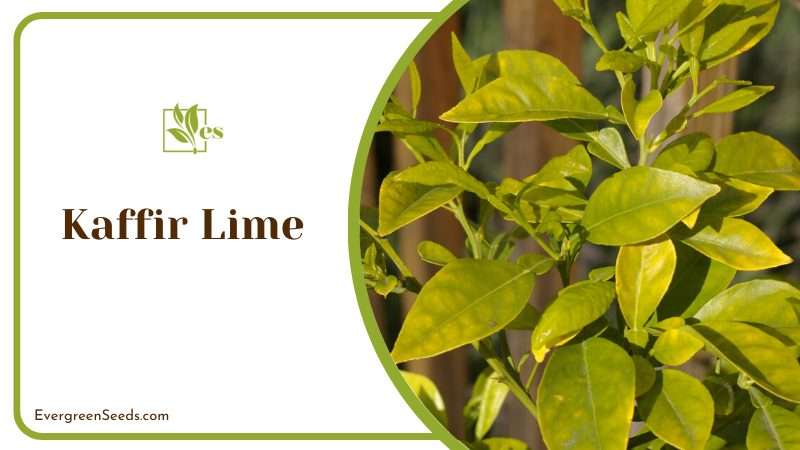
This plant is fond of the sun and needs between 8 to 12 hours of full sun exposure to stay healthy. Acidic, loamy, well-draining soil is ideal for this bush because the roots are prone to root rot when the soil is boggy. You’ll need to water it more often if you live in a dry climate.
– Planting Ideas
Since this plant attracts bees, hummingbirds, and butterflies, it can be an incredible addition to your butterfly garden. The trees need plenty of space to grow, and each one should be given between six to ten feet of space away from other plants so they don’t compete for nutrients.
Also, since these plants need a lot of sun, growing them in pots will give you more mobility options, as you can move the pot around the garden to receive more sun.
13. Mugwort
Artemisia vulgaris is a perennial herb that has always been used for culinary and medicinal purposes. As an ornamental plant, this herb will be a great addition to a wild, meadow, or butterfly garden, as it attracts different pollinators.
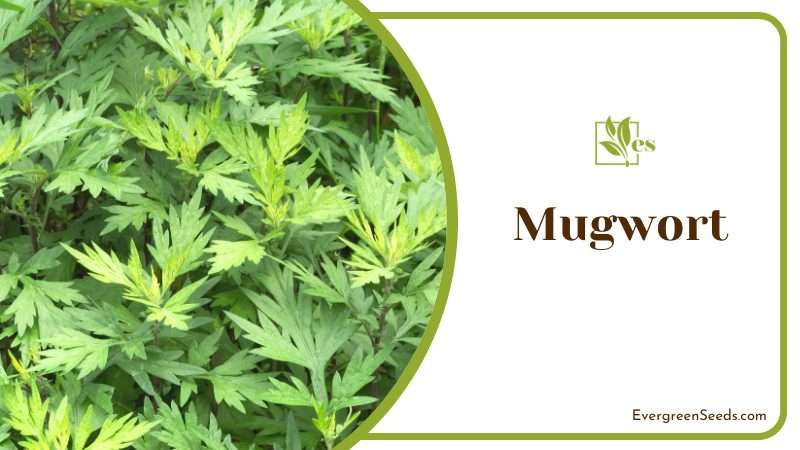
The foliage is gray-green, and the stems are dark green. The red, orange, pink, and yellow flowers emerge in the summer and are widely used in dry flower arrangements. This plant is tolerant of different soil types, including nitrogen-rich and alkaline soil types. It thrives in the sun but can withstand some partial shade. The plant doesn’t like to be overwatered.
– Why Snakes Dislike This Plant
Also known as wormwood, this plant is a natural snake repellent because these reptiles are afraid of the tall appearance of the stems and the woody roots. In addition, it has a pungent smell that drives snakes away, so you can grow it along the edges of your garden or as a border plant.
14. Skunk Cabbage
Symplocarpus foetidus, or skunk cabbage, emits a pungent smell because it contains snake repellent chemicals. These chemicals can push snakes away from your garden because the aroma is too overwhelming, and they can also cause irritation when they get in touch with the snake’s body.
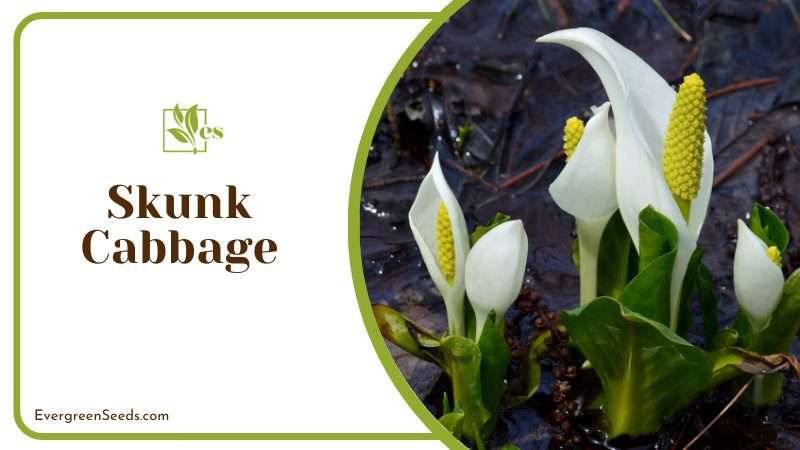
Skunk cabbage can grow in different habitats, including boggy soil, and the maroon flowers appear before the leaves. It needs to be watered regularly and will tolerate sunny and shady locations.
– Issues
Skunk cabbage can be toxic to humans when consumed raw, as it has strong diuretic and narcotic effects. Moreover, consuming large amounts of the plant can lead to digestion problems and vomiting, so you need to keep it away from your kids. All parts of this plant contain calcium oxalate crystals which cause swelling of the mouth and skin irritation, so it’s toxic to pets, but at the same time, it will keep different pests away from your garden.
15. Yellow Alder
Yellow alder is usually grown as an attractive ground cover with interesting dark green foliage. It has buttercup bright yellow flowers that attract butterflies, and it makes a great addition to wild gardens. This plant needs access to full sun to stay healthy, but it withstands some partial shade and it thrives in different types of soil, even if it’s slightly acidic or alkaline.
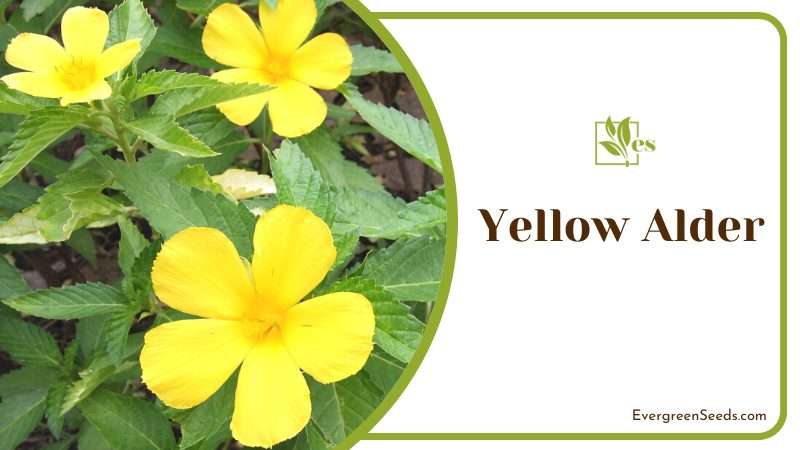
It doesn’t like to be watered too often, and if it’s grown in an area where it receives enough rain, no additional watering will be needed. The plant is easy to maintain and doesn’t require much pruning. However, yellow alder can spread aggressively, so you should monitor it, as it can become invasive in your garden, especially if the soil is rich in nutrients.
– Repelling Snakes
The appearance of the yellow alder leaves and flowers make it one of the most potent repelling plants that snakes won’t approach. However, the serrated edges of the leaves can also hurt the snakes’ soft bodies while they’re crawling, so they’ll stay away from your garden if you grow it as a border plant.
16. Cinnamon
Cinnamon’s smell is one of the most effective ones at repelling snakes because they find it too overwhelming. This is why it’s recommended to grow this plant in your garden if these reptiles always pay you a visit. There are different species of these plants, and they’re mostly grown for their fragrant oils. They have a moderate growth rate and can be grown in the spring or early fall when the temperatures are typically lower. In the summer, small white or yellow flowers appear.
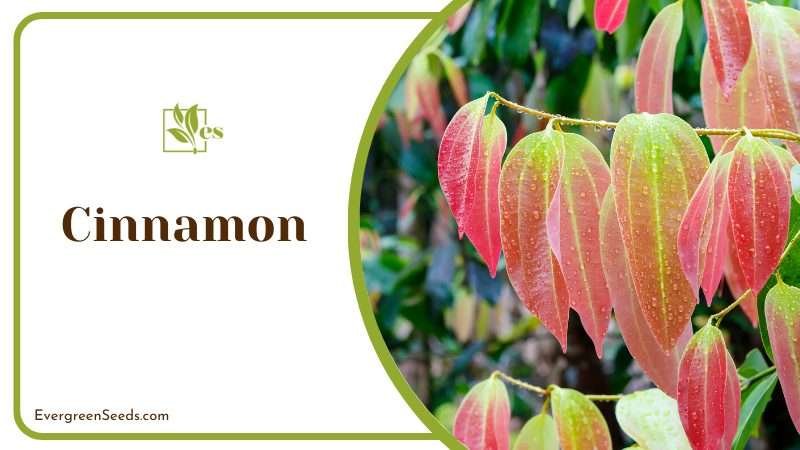
This plant needs plenty of space and should be kept away from other trees to allow its roots to spread and grow well. It prefers to grow in rich, well-draining soil and needs regular watering to mimic the growing conditions in its natural habitat. Full sun exposure is essential, but the plant can benefit from some afternoon shade in warm climates.
– Special Features
You can grow different cinnamon species in your garden, and the leaves can be yellowish or glossy green. It’s almost usually started from young nursery plants, and in colder climates, it’s best to grow it in pots to have more control over its growing conditions.
17. Tobacco Plant
The smell of the tobacco plant irritates snakes, so they’ll stay from your property if you grow it in your garden. However, you need to pair it with other plants to make it more potent at driving them away. The tobacco plant belongs to the nightshade family, and the flowering species add vibrant colors to your garden.

The purple, pink, yellow, green, red, and white flowers bloom in summer and fall and open at night to fill your outdoor space with a sweet fragrance that snakes don’t like, but night pollinators like moths will be attracted to. The plant is toxic to humans and pets, so you should be careful about picking the right spot to grow it.
– Growing Conditions
The tobacco plant needs to grow in warm conditions, as cold weather will make it more prone to root rot and pest attacks. It’s quite easy to maintain and can be grown in full sun or partial shade. As long as the soil is well-draining, it will tolerate different pH levels, but it prefers rich, consistently moist soil.


